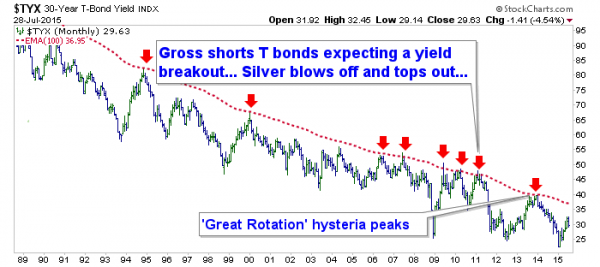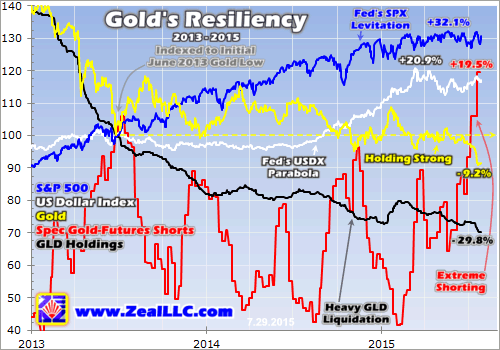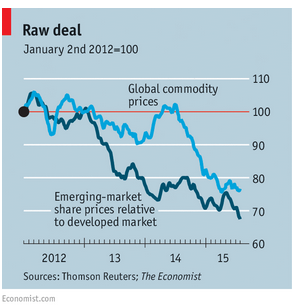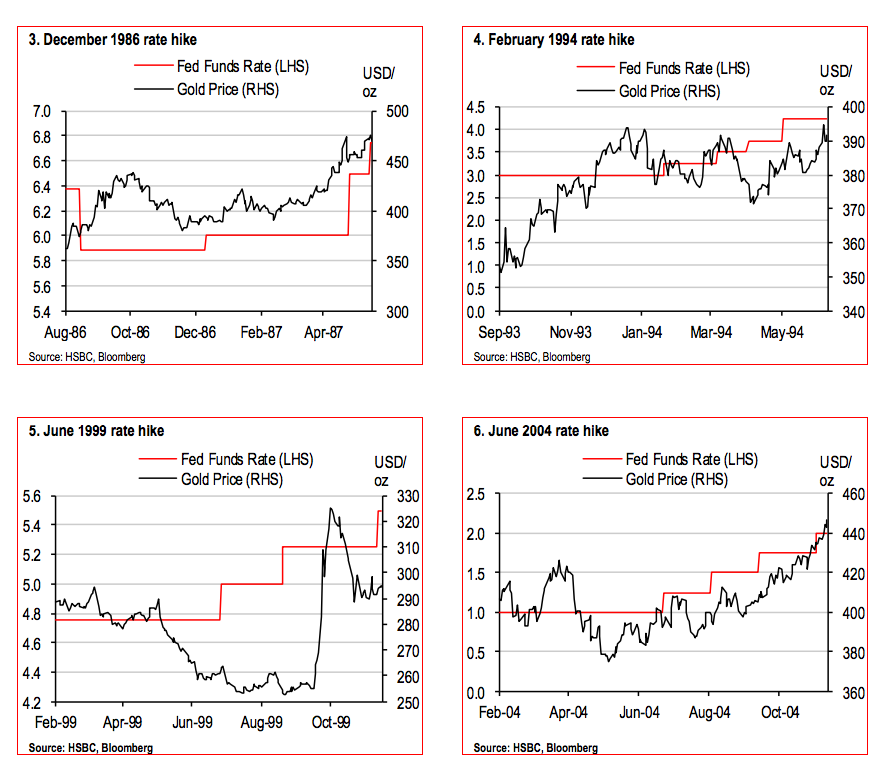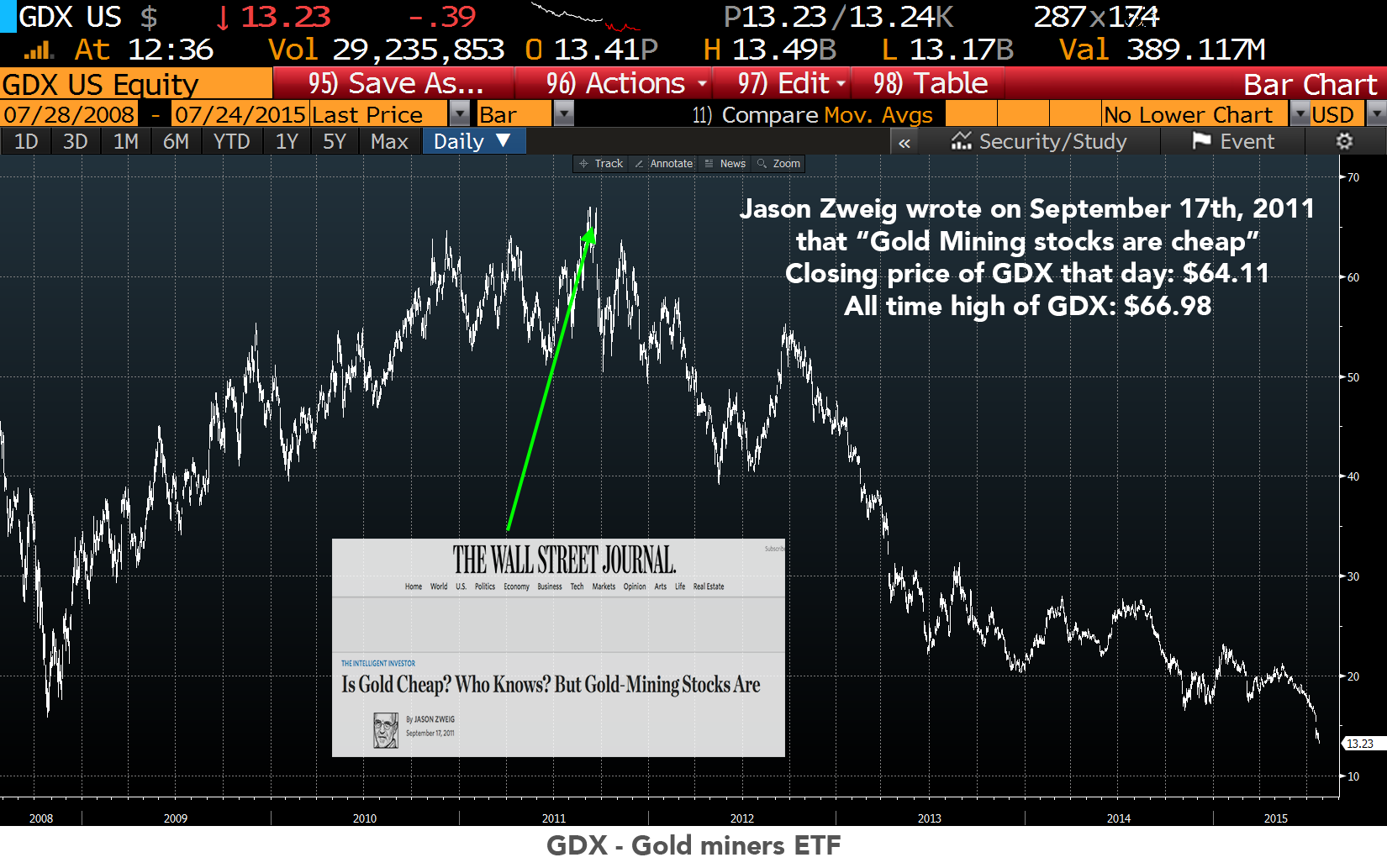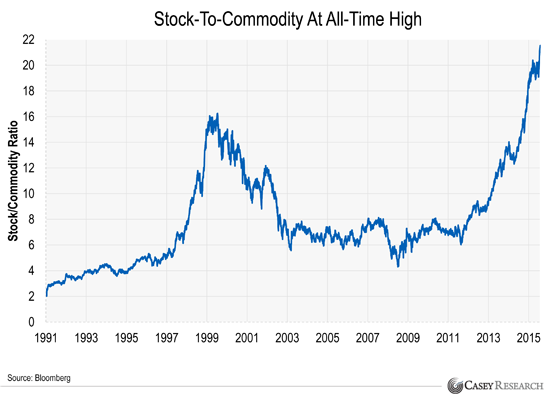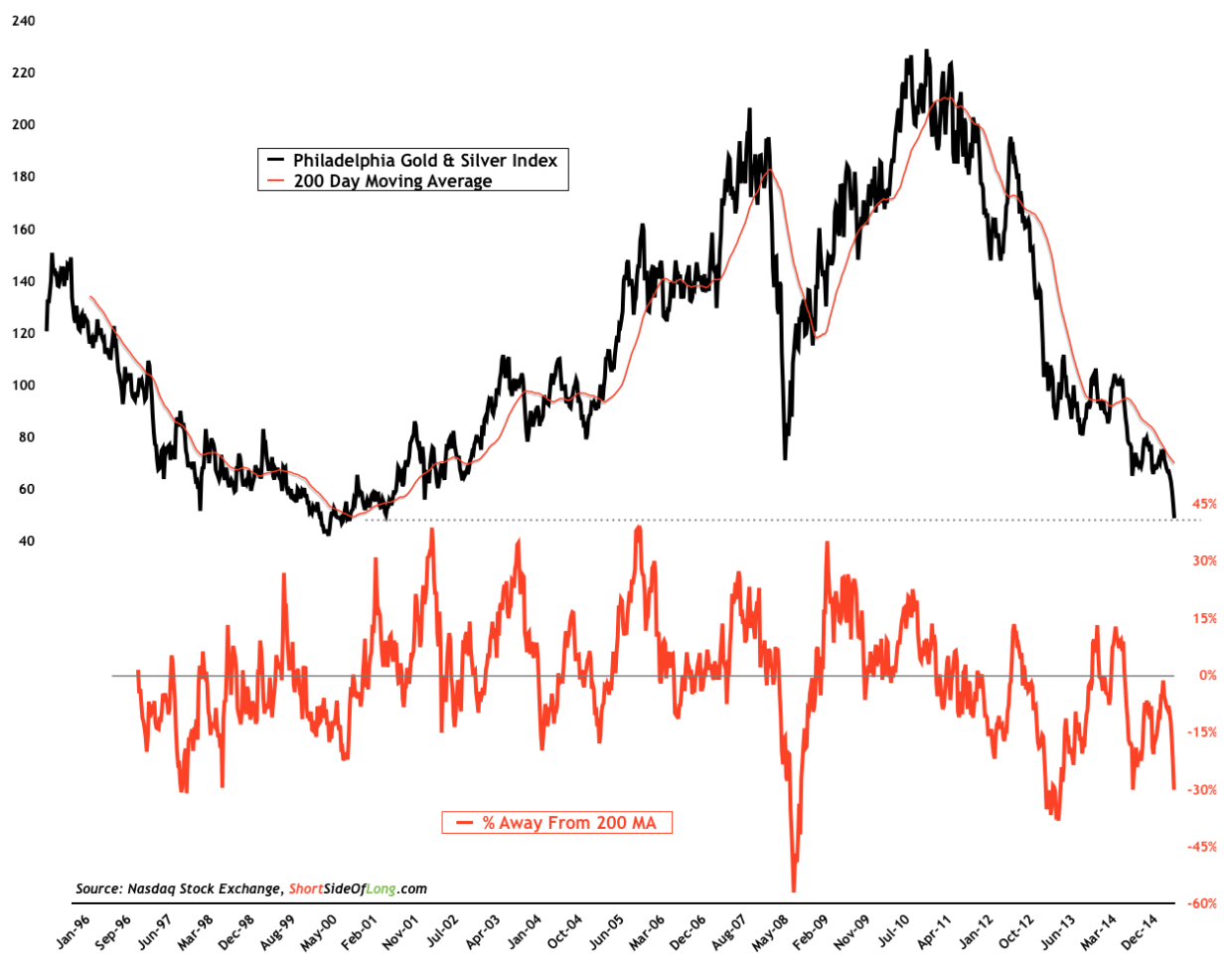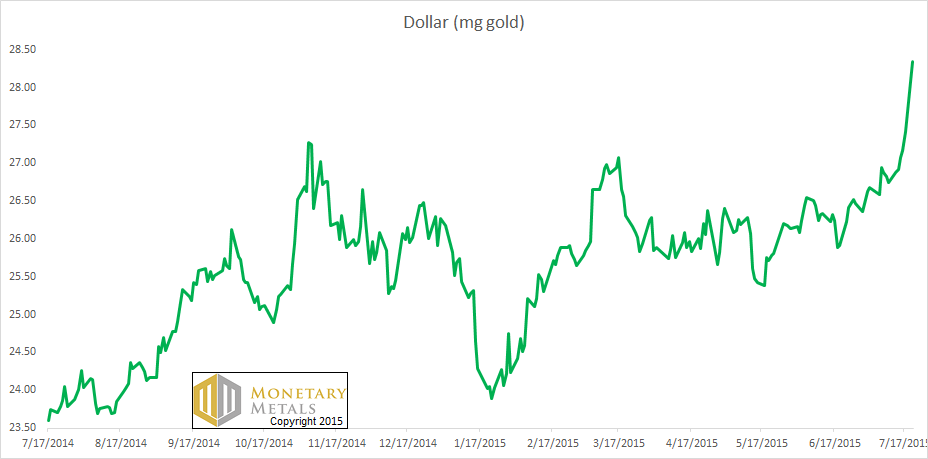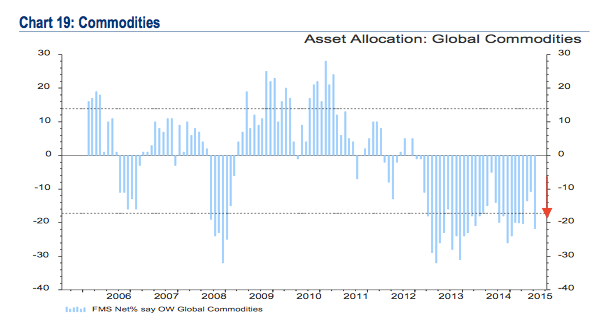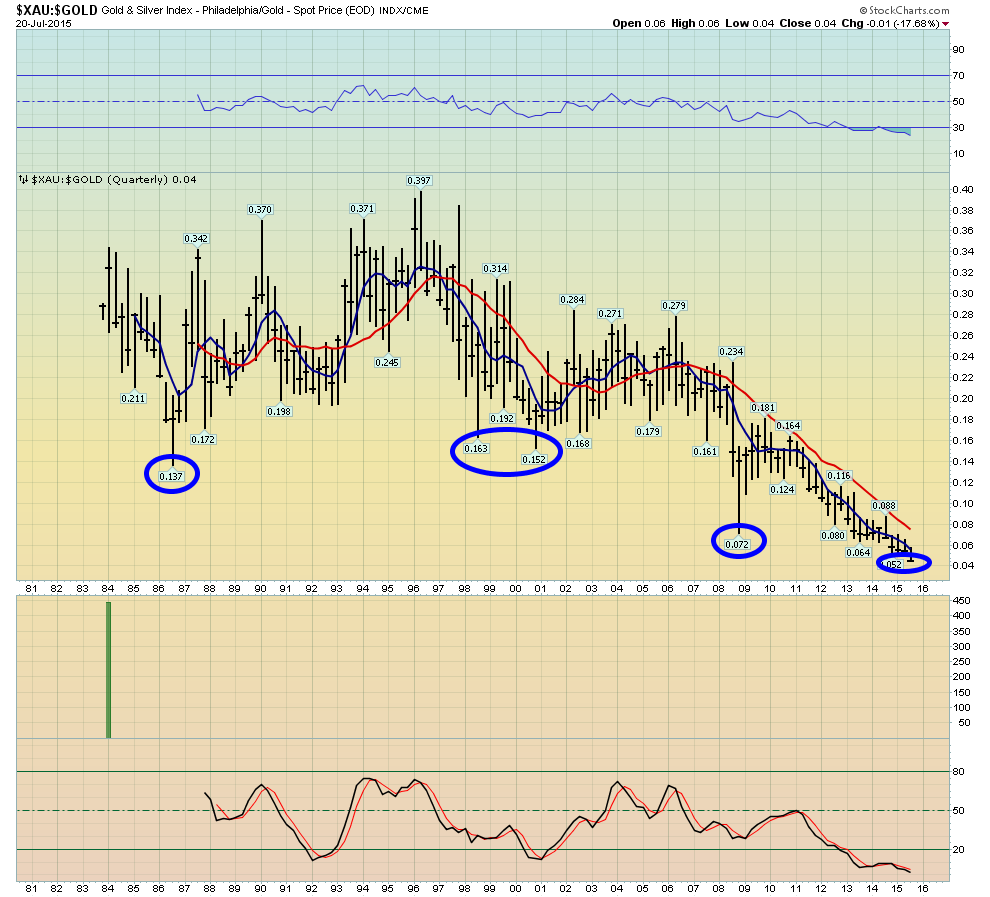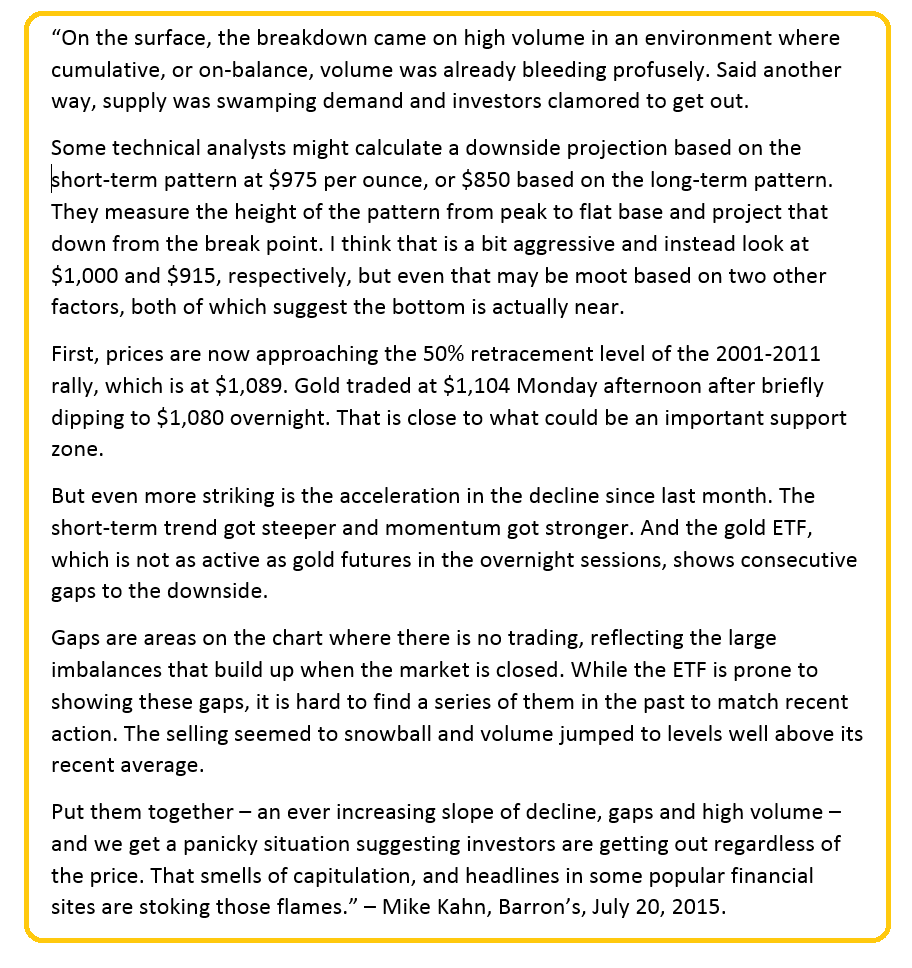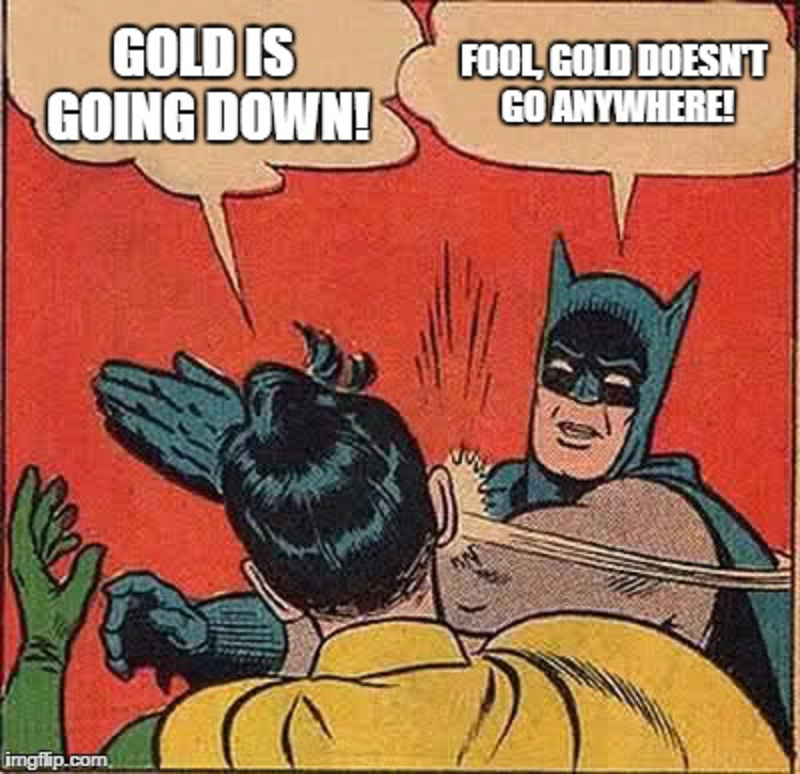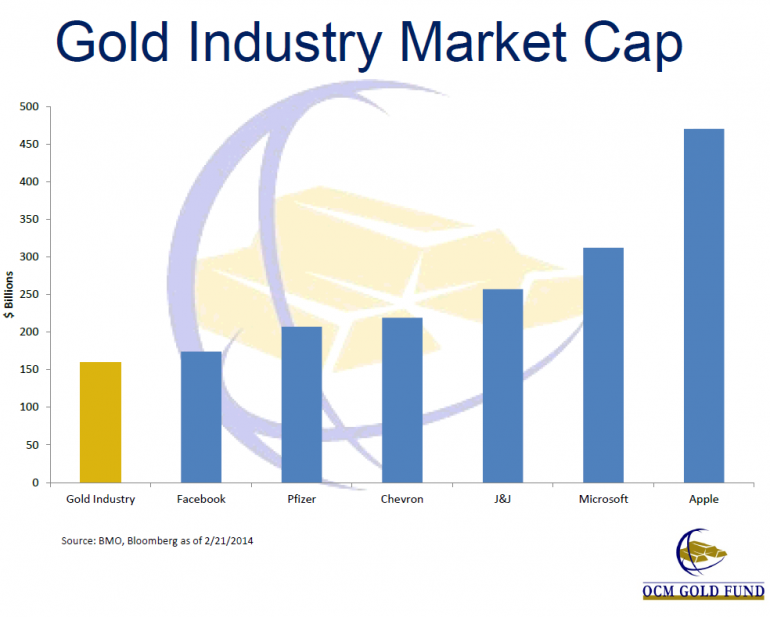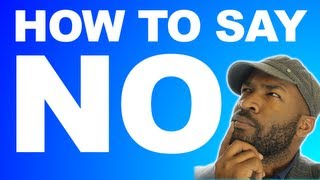
I am temporarily using this email (jac007csi@gmail so check your spam filters) until I have my bulk email issues sorted out with AOL.com. If YOU enrolled in the course and did not receive the email mentioned below, then email me at Aldridge56@aol.com and request the course materials for lesson 1.
I sent this book out before so delete if you have it. For those newly enrolled, please place in your research library. Not required reading. Enrollment is NOW closed!
Attached is a book, M of Safety by Seth Klarman. Over this course, I will be sending out other books/cases/notes and then asking for volunteers to do more in-depth research on the book, then we will share with the other students. For example, I ask for one volunteer to critique that book. Why is it a classic (on Amazon for $2,000) and what lessons for the investor? Is it similar to The Intelligent Investor? You may wish to wait before volunteering because I will be sending out other projects by early next week and then you may choose a subject/topic of greater interest.
After reviewing Lesson 1 by Friday, we will watch a deep value investor/activist in action. Then for the advanced students, they can advise a company through a case study. Then we will move onto liquidation values and Net/Nets. We will circle back later (with the help of a volunteer) to further analyze Behavioral Portfolio Management (a reading from lesson 1). Does investing in stock with NEGATIVE net worth makes sense?
There are 450 students enrolled. If only 10% volunteer for the twenty or so “special projects” then up to two people will be adequate.
Please consider DROPPING OUT if you are not a fanatic, Phanatic
—
NOTICE: I can’t go, but can you or someone you know wish to attend?
Wesley Gray, co author of Quantitative Value Lecture on Wed. Jan. 7th at NYSSA in New York City
Date
Wednesday, January 7, 2015
Time
6:00 p.m.-7:30 p.m. | Presentation
7:30 p.m.-8:00 p.m. | Networking
Location
NYSSA Conference Center
1540 Broadway, Suite 1010, (entrance on 45th Street)
New York, NY 10036
Fees
Member $20 Nonmember $40 Student Member $15
($10 surcharge for walk-ins)
Registration Deadline
Wednesday, January 7, 2015
Credits
CFA CEs= 1.5
Speaker
Wesley R. Gray, Ph.D.
Chairs
Janet Mangano
Chris Goulakos
Michael Livian, CFA
Additional Information
If you are unable to register for this event online, please call (212) 541-4530 for assistance.
Register via Mail/Fax
Policies and Procedures



